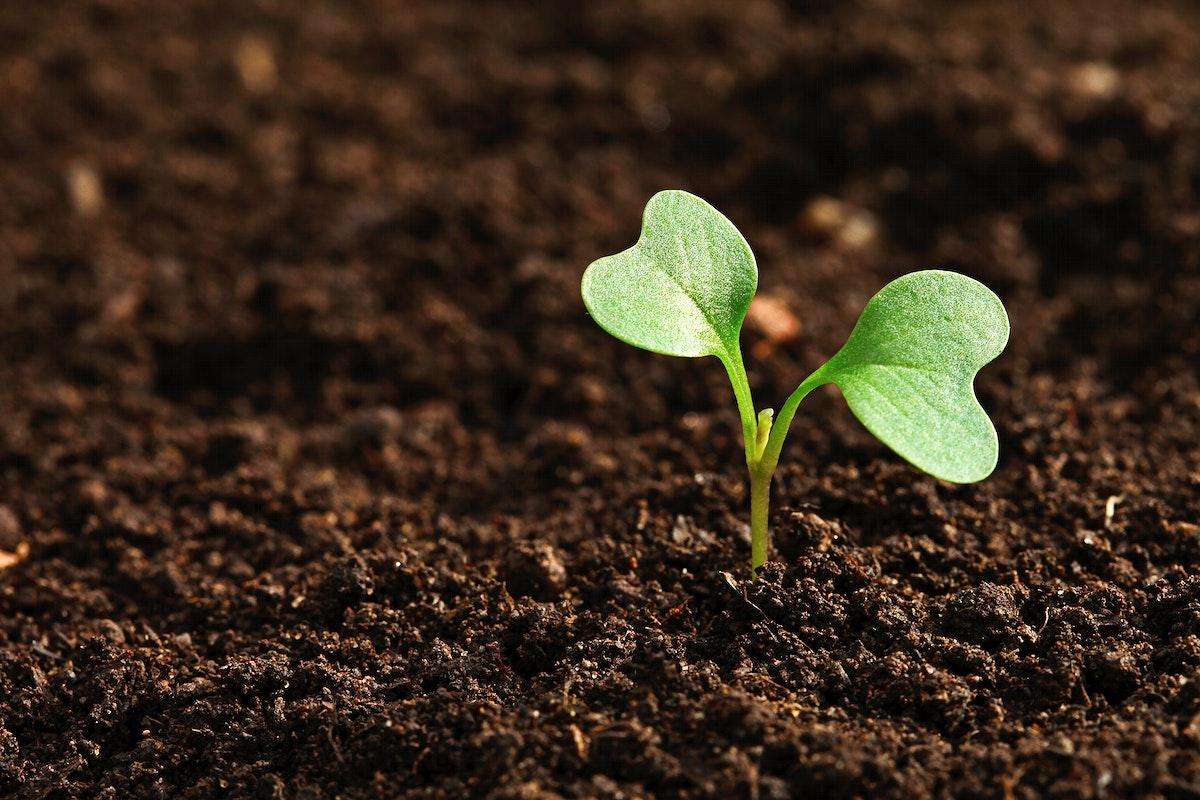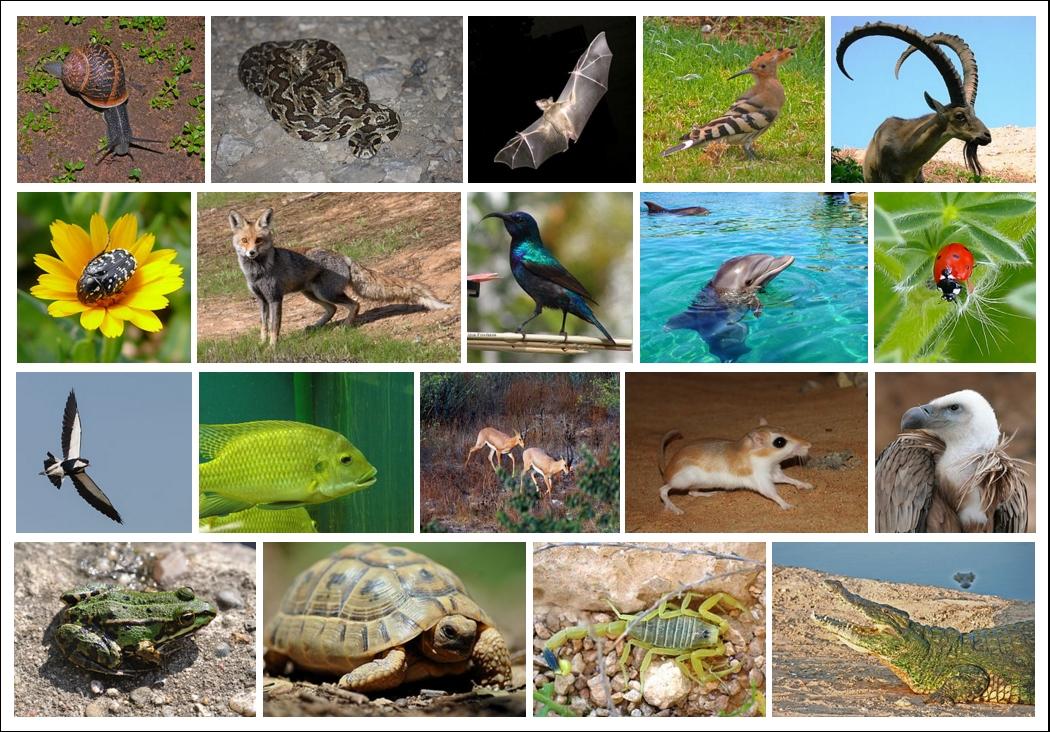
Let It Grow!
by Nicholas McGuire
Students plant kidney beans, observe growth, and learn about plant needs and life cycles, fostering curiosity and understanding in this engaging lesson.
Lesson Plan Link/URL
https://docs.google.com/presentation/d/1L26LmnS4SmC6Au7caLe0NewtV5OhXsIb/edit?u…Subject Area
Science Life Science L2: Organisms & Energy Mathematics Operations and Algebraic Thinking (OA)
Featured
Off
Related Content

Grades:
1st Grade
Students will learn about what makes an insect an insect. This is the 3 distinct body parts and 6 legs attached to their thorax. They will be able to distinguish between the characteristics of an

Grades:
7th Grade
In this lesson, students will work together to identify the systems by using a preserved frog. The systems that will be studied are the digestive, respiratory, and circulatory system. Prior to these

Grades:
Kindergarten, 1st Grade
Have you ever wondered how ducks stay warm and dry while swimming in cold water? Students will create a duck and then be able to test their theory!